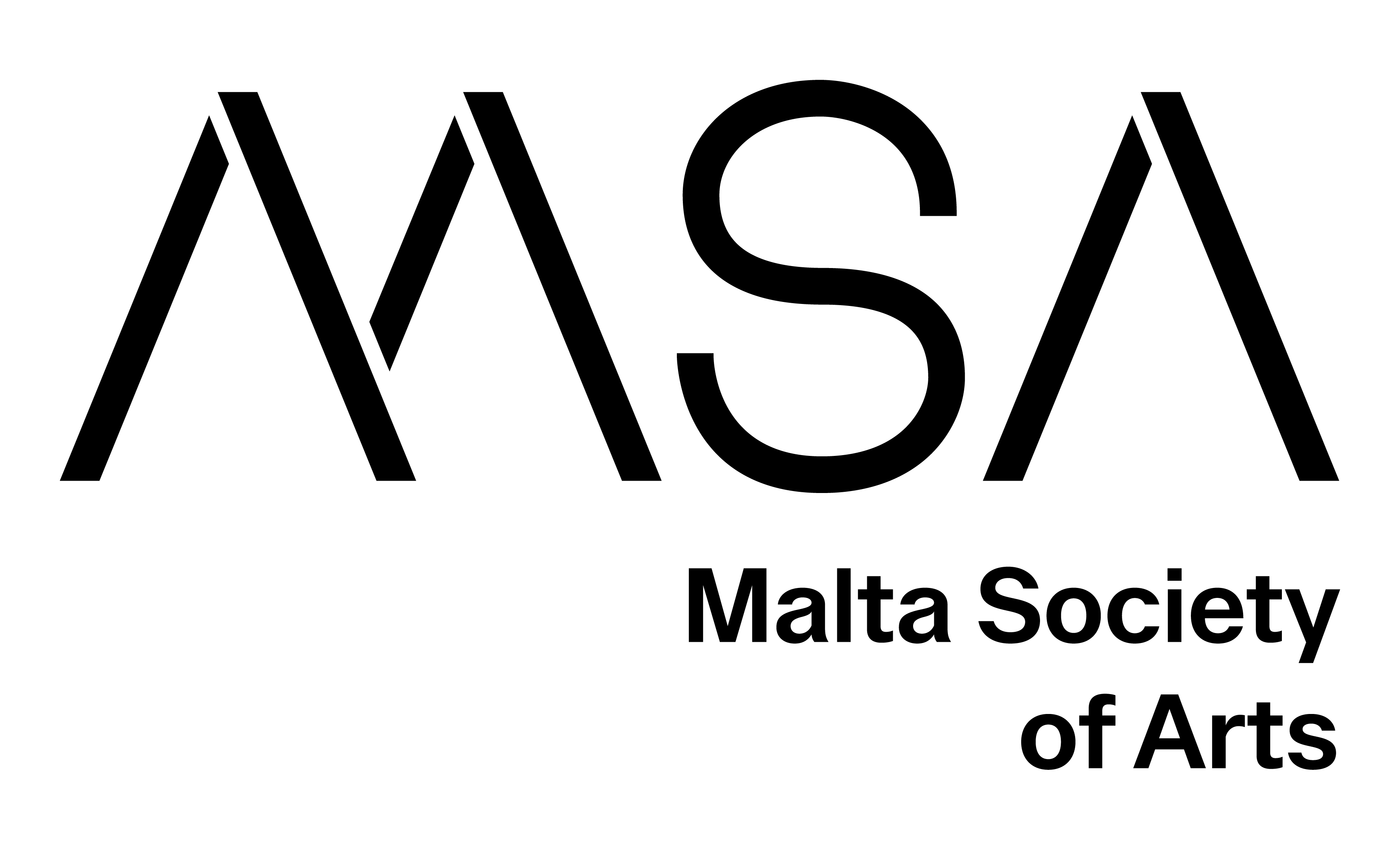If vampire figure has always transgressed the borders of human-animal-thing with most emblematic Bram Stoker’s Dracula transforming into bats, wolves and even mist, 21 century narratives can go even further. They can represent internal (inside-the-body) genetical transformations as well as external ones, and micro-scale converge with macro-scale. Donna Haraway (1997, 215-7) even aligns vampires with cyborgs and states that vampire “effects category transformations by illegitimate passages of substance”, embodies “the kinship exchange system in which gender, race, and species – animal and machine – are all at stake”.
French bandes dessinées, BD are one of most interesting materials to research. They are extremely popular in French culture (with some BDs regularly becoming best sold books of the year in France) and they offer at least two dimensions for the narrative analysis: literary and graphic. Dimensions that can complement, modify or change the meaning of one another.
In my research I am most interested in semiotic significance and my research has narratological character. However, in BD the meaning is transmitted both visually and textually, sequentially and simultaneously (Groensteen 2013).
The specificity of the medium makes it particularly fit to re-present transgression, mutations, modalities, deformations and fluctuations of the body or bodies. The borders between human and monstrous, human and animal, and plant, biological being and landscape, rock, machine, biological intelligence and artificial ones are all blurred. In George Bess’ Dracula (2019) not only vampire transforms but his body is visually (overposed) on the landscapes. In Le Vampire de Benares (2011-2012) Bess went even further, creating a vision of shape-shifting insect-like monsters, living in hives that look both like spider nets and galactic systems. Gabriel Delmas incorporates his vampires into hell made of woods and machines. The bodies becomes plants that becomes rocks that becomes machines, all of this twisting and turning in paroxysms of pain dignified of Lautréaumont poetry. The BD finishes with a description of two lovers changing into each other changing into a wall, and then re-turning to biological forms. In Pascal Croci Dracula (2005-2007) author declares intentional visual converging of vampire and elements of his castle. In Fabien Nury, John Cassaday trilogy Je suis légion (2004-2007) and its prequel series made by Nury in cooperation with multiple cartoonists, quadrilogy Les Chroniques de légion (2011-2012) vampire brothers Vlad and Radu change bodies and transgress centuries in this way. But they can also multiply themselves into many human and animal bodies, that they control simultaneously. In the prequel series the visual level stresses the modality of vampires body, the panels themselves transgress their frames, and the narrative migrates from one drawing style to another as the drawers interchange while narrating the story. The blur happens both in narratological level of the plot and on the visual level which becomes narratological itself, as the sequences of transformations become stories of transferogenesis (Guillaume 2015).
She graduated of Kolegium MISH at University of Warsaw, History of Art course with Bachelor’s degree accorded for thesis about Amedeo Modigliani. Then she graduated in Cultural Studies at University of Warsaw with Master’s Degree with Summa Cum Laude for thesis about Vampire figure. Currently a PhD Candidate in Cultural Studies at University of Warsaw, writing thesis about Vampire Narrative in 21st century as representation of social relations and attitudes towards Otherness. She published in “Kultura popularna”, “Praktyka teoretyczna”, “Polish Journal of Political Science” and monographs. She participated in national and international conferences. She is participating in International Project 4EU+ and Non-anthropocentric Cultural Subjectivities project. In 2019 she was chosen as finalist in prof. Jerzy Buzek competition for Scientificical Debut 2019. Beside popular culture she is interested in intersectional studies, biomedical anthropology, posthuman studies and postcolonial studies.
Back







